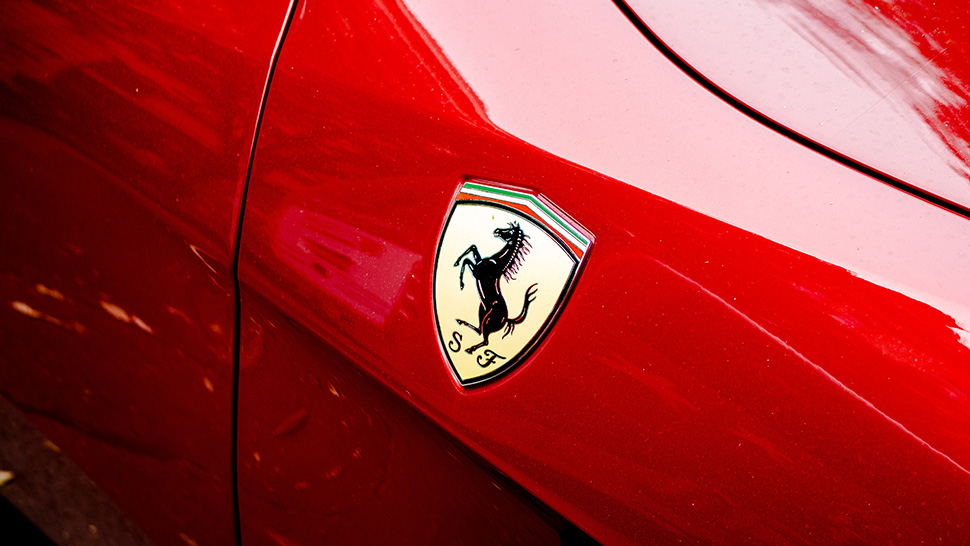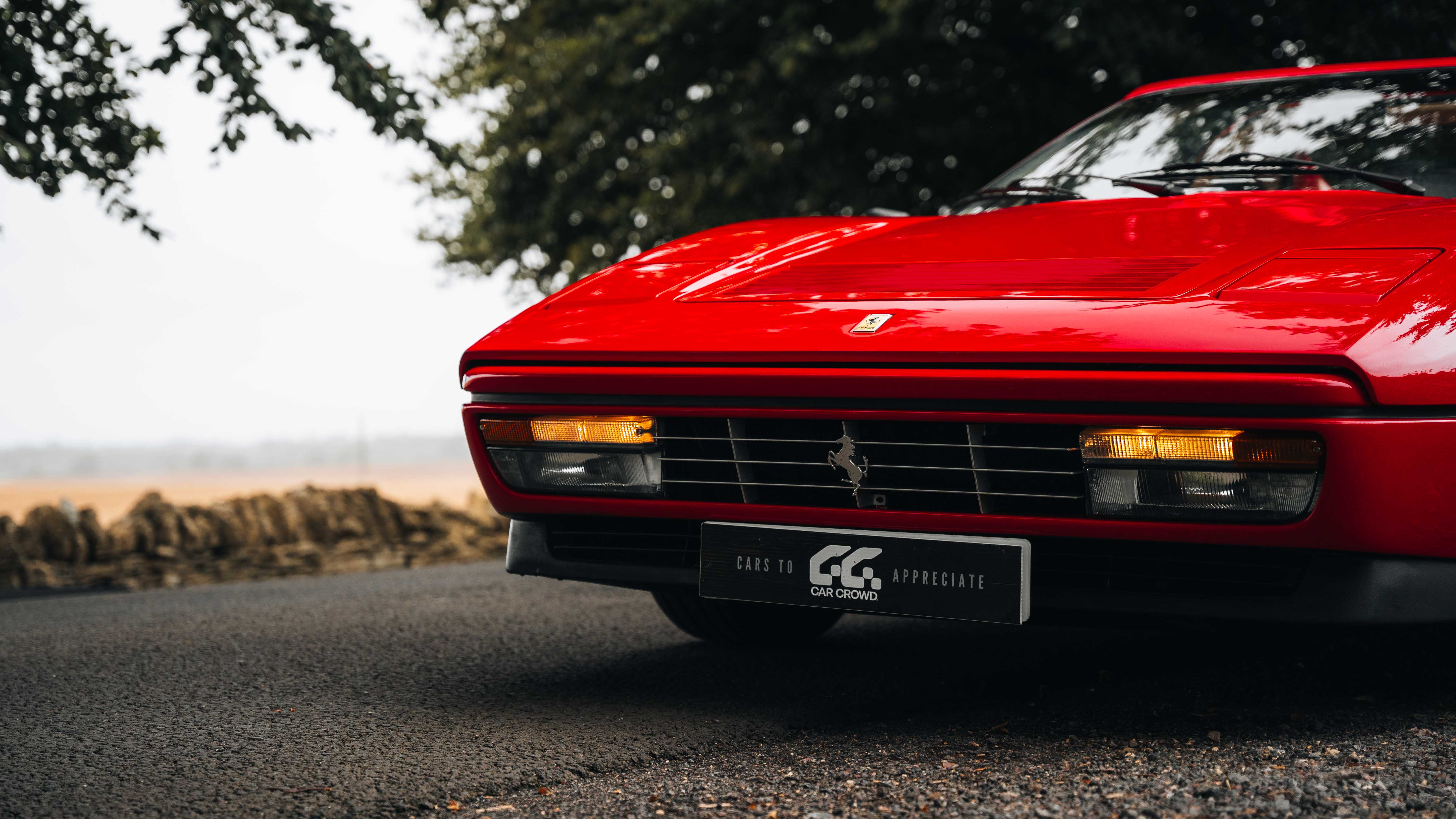Fractional bidding in high value auctions has historically been impossible, now, using new technology, is it inevitable?
A brief History of Auctions
Auctions have existed for thousands of years as a fundamental mechanism for determining value, starting in the ancient civilizations of Babylon, Greece, and Rome. These early auctions were often used to sell goods, properties, and slaves. In the Middle Ages in Europe, auctions became more formalized and were used for selling land, artwork, and other valuable items. In the 18th century auction houses began to emerge, notably Sotheby's in 1744 and Christie's in 1766. These institutions standardized auction practices and expanded the reach of auctions globally. Auctions continued to evolve, particularly in the late 20th century, with the advent of phone and internet bidding.
The key to these auctions, for thousands of years, has been the concept of a bidding contest, continuing until a single bidder remains. For high value items, this meant wealthy parties bidding against each other until all except one chose to withdraw. This process specifically excludes people of more modest means.
Fractional Bidding
The only way to engage a broader, less affluent audience in these high value auctions, is to enable some form of fractional bidding. Historically this hasn’t been viable because of multiple factors, specifically, a lack of:
· Awareness of the auction: Currently only a tiny fraction of auction lots reach the general public’s, or fan group’s consciousness, the majority do not because the auction house’s responsibility is only to attract bidders, not to inform the general public.
· Ability to organize fractional bidders: Auction houses have no capability to organize large numbers of fractional bidders before an auction, their focus must be on likely “whale” bidders.
· Ability to act dynamically in the fast-moving environment of an auction: Given the lack of ability to organize fractional bidders pre-auction, there is no way for fractional bidders to self-organize in response to the dynamic bidding process.
· Ability to process a successful fractional win: For thousands of years there has been no need to develop communication, payment, post auction, and long-term management processes for lots with multiple winners, and so these haven’t historically existed.
· A legal construct to control the asset: While legal entities that own assets have existed for hundreds of years, these have been pre-formed, likely based on other activities, and in auctions, bid as a single unit.
· A technology environment to pull all of these facets together: Prior to the development and wide-spread adoption of the internet, it was not possible to build systems and processes with the capability to achieve a coherent, controlled, flexible bidding environment.
Perhaps surprisingly missing from the list above, is the lack of an audience. The reason for this is that in all recorded history, humans have chosen to elevate some folks, to make them and their work famous, think of Aristotle, William Shakespeare, or George Washington. In the era of social media, we can count the supporters of famous people, both dead and alive, and the numbers are huge.

Breaking Barriers
Looking at each historical limitation in turn, it becomes apparent that these barriers to entry are finally falling:
· Awareness of the auction: With famous folks’ presence, and fan groups’ ability to self-form in social media, together with those same social platforms ability to target specific segments, it is possible to communicate with (say) Banksy’s fans, and identify those interested in fractional ownership of a high value original.
· Ability to organize fractional bidders: Once potential fractional bidders have been identified, they can now gather in a centralized system to carry out federally and auction required processes, (KYC(Know Your Customer), establish a spending limit, and registration for the auction.
· Ability to act dynamically in the fast-moving environment of an auction: With an ability to enter fractional pre-bids prior to the start of the auction, and capacity to handle 1000’s of concurrent live bidders placing fractional bids in each round as the auction progresses, aShareX’s auction system allows each fractional bidder to dynamically enter and change their bid to compete toe-to-toe with full bidders as the auction progresses. aShareX manages the amalgamation of fractional bids live and real time.
· Ability to process a successful fractional win: The internet provides the backbone allowing integration between the auction system, payment processing, the issuing of a regulated security, and supervision by licensed Broker Dealers.
· A legal construct to control the asset: Once won by fractional bidders, an asset can be owned by a regulated entity (either Reg ‘D’ or Reg ‘A’) that controls and manages the asset over the lifetime of ownership, and whose rules govern its eventual sale.
· A technology environment to pull all of these facets together: With a patented technology environment that pulls together fractional bidders, regulatory and payment processes, asset management, and shareholder decisioning, aShareX makes fractional participation in auctions possible.
Inevitable?
Prior to the end of April ’24, only 1 significant attempt at fractional bidding for a high value asset had been made.
Sotheby’s auctioned one of only 13 remaining copies of the US Constitution, (only 2 being in private hands) on November 18th,2021. The “Constitution DAO” (Decentralized Autonomous Organization) had raised over $40m through crowdfunding to bid for the lot. The estimate for the lot was$15m. As bidding progressed beyond this point only 2 bidders participated, KenGrifin, who eventually won the auction, and the DAO. See the auction here, (starting at 2hrs 26 mins).
The lot sold for $43m, immediately beyond the ability of the DAO to participate. There is a very strong case supporting the fact that without the DAO fractional bidders, the lot would have sold for less than $20m.
There are two lessons here:
1. The DAO was not flexible enough to continue to compete in a dynamic environment.
2. Fractional bidders, in the right circumstances, drive hammer prices.
At the beginning of May 2024, aShareX, Inc. ran an auction where fractional bidders could participate for “Contemporary Artists - Series 1” a novel lot of 8 ultra-contemporary works from 6 award winning artists, consigned by Inversion Art.
The lot sold for $146,280 including fees, within it's estimated range. The interesting, and more consequential information lies in theauction’s ability to manage fractional bidders. The key datapoints are:
· The winning bid was made by 28 fractional bidders, who become shareholders in an SEC regulated security that owns the art.
· The system processed 285 bids, made up of pre-bids and live bids from 40 users.
· 34 users entered pre-bids, filling all price levels up to $100,000, and significantly filling price levels up to and beyond the hammer price of $120,000.
· Of the live bidders, over 80% were part of the winning bid.
· 65 users registered to bid with nearly 2/3rdstaking part.
Key to understanding the likely outcome of the auction was understanding the level of interest at every price point from the opening bid to the hammer price and beyond.

The pre-bidding period gathered significant interest from fractional bidders (the area in blue), such that aShareX knew at the start of the auction that the reserve was met, and all price levels up to $95k were over-subscribed, bidding would immediately jump to $100k with live bidders (area in red) filling the round in real time. aShareX also understood the profile of fractional pre-bids going all of the way to $155k.
In the auction all bidders were operating independently of one another, with the system consolidating fractions into whole bids to compete against full bidders.
This time, with a more flexible and dynamic environment, the fractional bidders won.
Now bring on that Banksy!









Leave a Comment